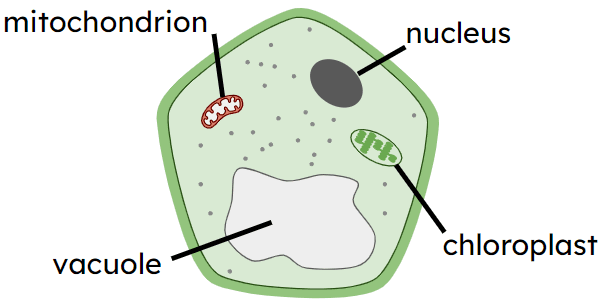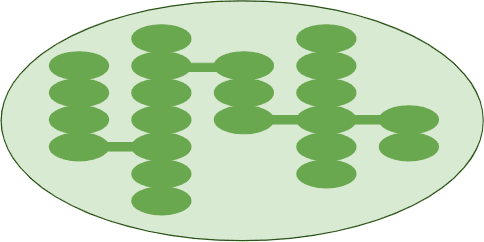Models of photosynthesis
I can use simple models to explain what happens during photosynthesis, including a model of the two main stages.
Models of photosynthesis
I can use simple models to explain what happens during photosynthesis, including a model of the two main stages.
These resources will be removed by end of Summer Term 2025.
Lesson details
Key learning points
- Models are used in science to explain things that can be difficult to see or understand.
- The word summary and symbol equation for photosynthesis are simple models of the process.
- Photosynthesis can also be summarised using a model of the two main stages.
- In the first stage, energy from light is required to split water molecules into hydrogen and waste oxygen.
- In the second stage, the hydrogen is combined with carbon dioxide to make glucose.
Keywords
Model - a simpler representation of a complex thing or idea
Photosynthesis - the process used by producers to make their own food via a series of chemical reactions
Chloroplast - subcellular structure in which photosynthesis takes place
Prediction - a scientific prediction is a testable statement about a possible outcome, which could be tested in an experiment
Chlorophyll - green pigment in chloroplasts, to which energy is transferred by light
Common misconception
A common misconception is that photosynthesis is just one simple reaction, as depicted by the word equation and balanced symbol equation.
This explores the idea that the word equation and balanced symbol equation are useful but very simple models of photosynthesis, and also explores a slightly more detailed two-stage model of the process.
To help you plan your year 10 combined science lesson on: Models of photosynthesis, download all teaching resources for free and adapt to suit your pupils' needs...
To help you plan your year 10 combined science lesson on: Models of photosynthesis, download all teaching resources for free and adapt to suit your pupils' needs.
The starter quiz will activate and check your pupils' prior knowledge, with versions available both with and without answers in PDF format.
We use learning cycles to break down learning into key concepts or ideas linked to the learning outcome. Each learning cycle features explanations with checks for understanding and practice tasks with feedback. All of this is found in our slide decks, ready for you to download and edit. The practice tasks are also available as printable worksheets and some lessons have additional materials with extra material you might need for teaching the lesson.
The assessment exit quiz will test your pupils' understanding of the key learning points.
Our video is a tool for planning, showing how other teachers might teach the lesson, offering helpful tips, modelled explanations and inspiration for your own delivery in the classroom. Plus, you can set it as homework or revision for pupils and keep their learning on track by sharing an online pupil version of this lesson.
Explore more key stage 4 combined science lessons from the Photosynthesis: requirements and products unit, dive into the full secondary combined science curriculum, or learn more about lesson planning.

Licence
Starter quiz
6 Questions





Exit quiz
6 Questions





